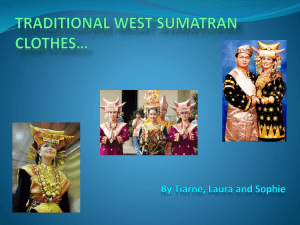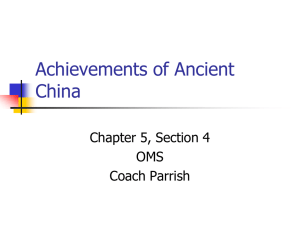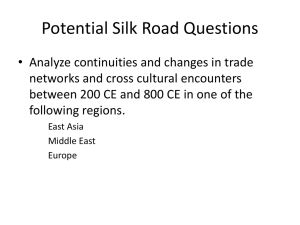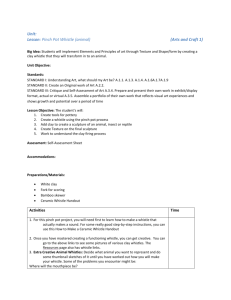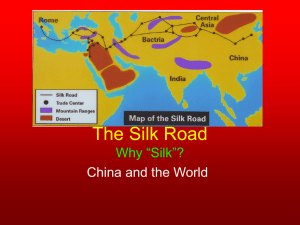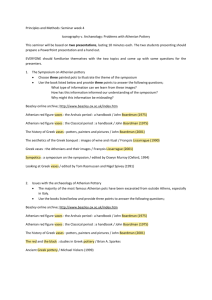Practice Problems: Module B, Linear Programming
advertisement
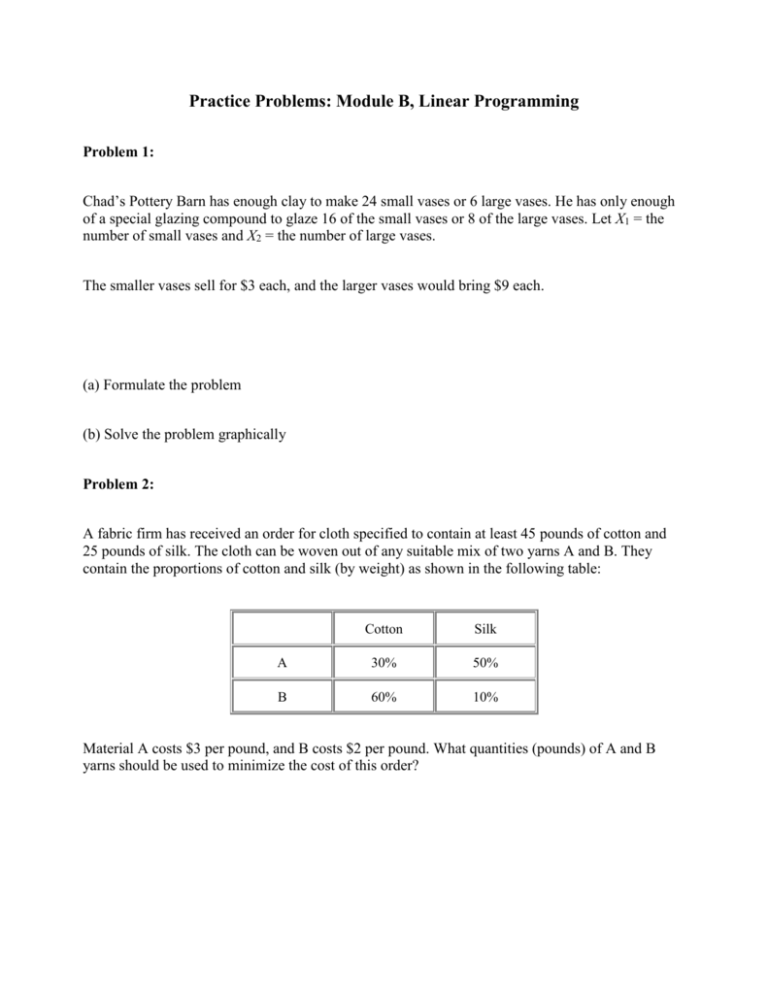
Practice Problems: Module B, Linear Programming Problem 1: Chad’s Pottery Barn has enough clay to make 24 small vases or 6 large vases. He has only enough of a special glazing compound to glaze 16 of the small vases or 8 of the large vases. Let X1 = the number of small vases and X2 = the number of large vases. The smaller vases sell for $3 each, and the larger vases would bring $9 each. (a) Formulate the problem (b) Solve the problem graphically Problem 2: A fabric firm has received an order for cloth specified to contain at least 45 pounds of cotton and 25 pounds of silk. The cloth can be woven out of any suitable mix of two yarns A and B. They contain the proportions of cotton and silk (by weight) as shown in the following table: Cotton Silk A 30% 50% B 60% 10% Material A costs $3 per pound, and B costs $2 per pound. What quantities (pounds) of A and B yarns should be used to minimize the cost of this order? ANSWERS Problem 1: (a) Formulation: Objective function: Subject to: Maximize 3X1 + 9X2 Clay constraint: 1X1 + 4X2 24 Glaze constraint: 1X1 + 2X2 16 (b) Graphical Solution X1 @ $3.00 X2 @ $9.00 Income A 0 0 0 B 0 6 $54 C 8 4 $60* D 16 0 $48 Evaluating all possible corner points that might be the optimal solution, the optimum income of $60 will occur by making and selling 8 small vases and 4 large vases. An iso-profit line on the graph from (20,0) to (0,6.67) shows the point that returns value of $60. Problem 2: Formulation: Objective function: min C = Constraints: 3A + 2B Cotton .30A + .60B 45 Silk .50A + .10B 25 We can learn the values of A and B at intersection of the Silk and Cotton constraints by simultaneously solving the equations that determine the point. To solve for A we first multiply the Silk equation by 6 then subtract the Cotton equation. 3.0 A .60 B 150 (Silk constraint multiplied by 6) .30 A .60 B 45 (subtract Cotton equation) 2.70 A 105 A 38.8 Following the same basic procedure for the value of B, we multiply the Cotton equation by 3 and the Silk equation by 5 and subtract the Silk equation. 1.50 A 3.0 B 225 (Cotton equation multiplied by 5) 1.50 A .30 B 75 (Silk equation multiplied by 3 and subtracted) 2.70 B 150 B 55.6 Using the Objective Function, we can calculate the profit at each of the three corner points: Axis intercept (0, 250) = (0 * $3) + (250 * $2) = $500 Axis intercept (150, 0) = (150 * $3) + 0 * $2) = $350 Intersection of the two constraints (38.8, 55.5) = (38.8 * $3) + (55.6 * $2) = $227.60 The minimum cost is found at the intersection of the two constraint equations.

